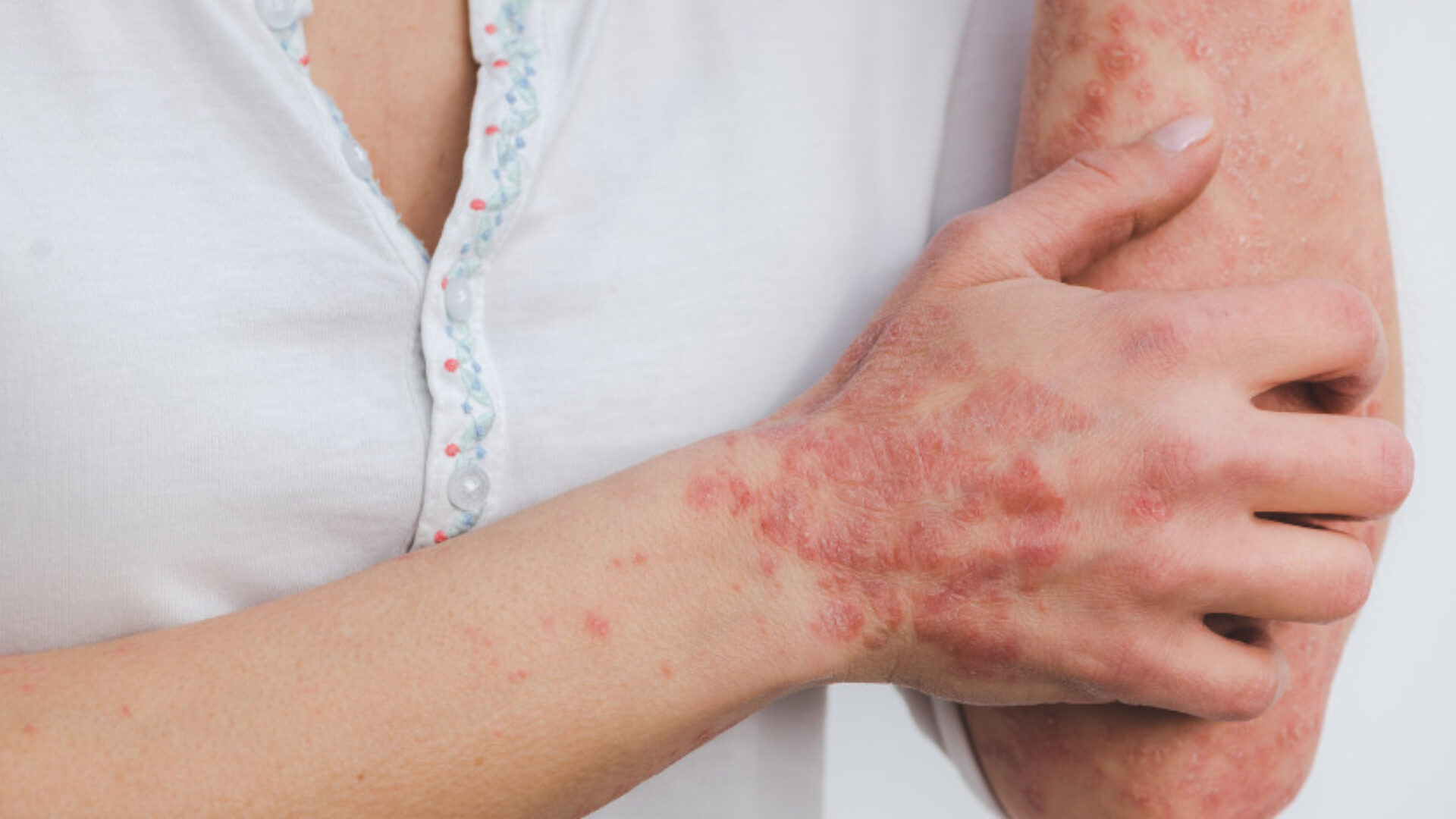Natural Solutions to Psoriasis
If you are searching for natural solutions to psoriasis, there is hope. I've seen dramatic improvements with clients by incorporating dietary changes and enzyme therapy. Don't let anyone lead you to believe that medication is the only answer. What is Psoriasis? Psoriasis is identified by excessive cell replication. In affected areas, cells reproduce at 1000 times the normal rate, exceeding even the rate of skin cancer. Normal skin regenerates itself every 28 days. In psoriasis, this process occurs every 3 to 4 days. As the skin reproduces new cells at this rate, the the area becomes red and inflamed and can rise to three times its normal thickness.…


